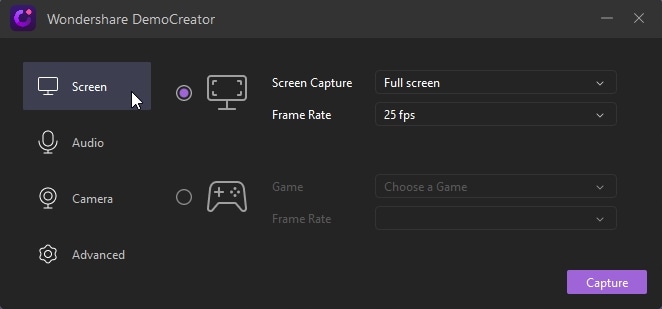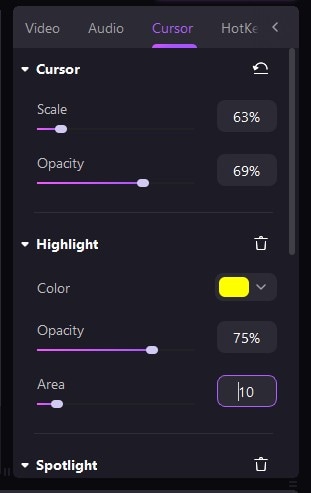The Barriers Faced in Distance Learning
Distance Learning or generally termed as DE is one of the major businesses across the world in many developed nations. The current magnitude of distance learning is witnessing a significant expansion across the globe for various reasons. Many factors are affecting the increase. Also, there are some challenges that this field is currently facing.
The challenges include perceptions about the learning, new learning scope, and student’s knowledge construction. In this article, you will learn about the challenges and barriers to remote learning.
Some significant challenges are re-designing the computing technology, teaching situations, and learning environment. The programs will allow the students to opt for their higher education. However, students will face difficulty in attending the lab sessions.
So, what are the challenges of online learning? Well, enlisted are certain insights and challenges that you must know as a student of online learning:
1. No face-to-face association
The Ideal of American Higher Education was initially described by the 19th century U.S. President James A. Garfield as practising teaching and learning simultaneously in an intimate setting with a close relationship between the student and the professor.
The reference to Cardinal Newman’s ‘The ideal of a University’ explains an ideal college as a community. It is rather a family of teachers and learners rooted in the propagation of liberal education. Moreover, most of the academic institutions still aspire to stick to this mainstream ideal for gaining knowledge.
However, the concept of distance learning goes in disagreement with this ideal. It follows mass learning in a single course of studies, which can undoubtedly involve thousands of students residing in different parts of the world. It will happen without any close association, just based on one-to-one interaction.
This common difference between the ideal of Distance learning and the traditional means seems quite a difficult internal barrier on the part of the institutions to go through.
2. No coordination and lesser student interest
In the current population of students, older part-time working students take a genuine interest in holding a consumer-like relationship with their colleges. They seek convenience and qualified service at pocket-friendly costs.
A curtailed format of Higher Education excludes the extra costs such as elective courses and unnecessary services. It will never be used for paying for student unions. Thus, such students find it more appropriate to study via distance education.
However, distance education emphasizes the importance of ICT or Information and communication technology as a highly interactive medium. Also, it has failed in terms of active implementation. Until now, most Distance learning classrooms tend to remain confined to a mass number of heads, and screaming voices.
They involve numerous texts, and no coordination, leading to absolute haywire. Thus, here we get to confront other barriers to distance learning that needs effective remediation.
Therefore, it’s crucial to work on the required expertise for using the internet on the part of the academic pedagogy. This is how, individually referring to doubts, it could get easier. Appropriate software could be developed to respond to the intrinsic differences between internet-based Distance Education and traditional learning.
3. Excessive load on faculty
Another point of discussion encompasses the faculty’s need to focus more on interactive pedagogy styles. This is how they can certainly focus on more labour-intrinsic work than traditional college practices. Now, this includes course development, responding to emails and clearing doubts of students, maintaining chat rooms, etc.
Moreover, the lack of significant government associations and lack of relevant education models is involved too.
Since distance education comes with additional elements such as learning irrespective of place or time, it equivocally demands all day-everyday availability of faculty. This correspondingly also creates a lot of workload on the part of the academic institutions.
Also, they require meeting rising expectations, course loads, staffing, and teaching roles. Publishers and media associated with television, museums, libraries, symphony orchestras, and universities are trying to reach larger audiences. They are trying to do it by devising new distance learning courses.
For example, Kaplan Inc., a well-known test-preparation service, has established an online college and UNext, a profit-making online company plans to offer MBA facilities in collaboration with renowned universities like Columbia, Stanford, London School of Economics, and the University of Chicago.
4. Financial Risks
Apart from all such barriers, a different set of external barriers such as financial risks and dealing with cost curtailment becomes imperative. Governments are expected to incorporate e-learning policies into the curriculum to support academic lectures with the facility of ICT or Information and Communication Technology.
Still, the cost-effectivity of ICT and lack of suitable infrastructure proves to be a major challenge in Distance Education.
Securing sufficient funds for entering into the market of distance learning can turn to be a serious barrier. Well, that barrier is the lack of sustainable financial models. In a nutshell, the assimilation of language, culture, and technology must be smoothly founded to render knowledge devoid of any problems.
The area of Higher education has become a gradually evolving industry. Owing to its global reach in the market, the industry is generating an enormous amount of cash. Also, the development and evolution of distance learning are not bound to colleges and universities solely. It also depends on the major profitable education sectors and knowledge-associated organizations.
Moreover, college and university enrollments have risen over the years. This has caused the subsidization of higher education programs or distance learning programs through intrinsic financial aid.
Wondershare DemoCreator, if used to record lectures whenever that you need, can be a great tool in solving barriers to e-learning education. With this tool, you can record and replay it as per your need for better education.
 Secure Download
Secure Download Secure Download
Secure DownloadHence, following mentioned is a brief on steps to use Wondershare Demo creator to deal with students’ barriers to online learning:
Step 1: Setting up the screen
Open DemoCreator application and click on the ‘Get started’ option. This is needed to set up the recording parameters. It’s better to use the default recording parameters, Quick capture.

Step 2: Start recording
Now the software will start recording your screen. You can press F9 to pause or F10 to stop the recording as you want.

Step 3: Edit your clip
Once the video capturing process ends, you can edit your clips before sending to students. You can add text, cursor effects, annotations and captions. There are also stickers for you to make your distance course more interesting.

 Pro-tip
Pro-tipIf you are a teahcer, it is also a good idea to record tutorials or lecutre presentations from your desktop screen for distance learning. Remember to make your video more creative to fire up the students' enthusiasm.
Conclusion
To eliminate the barriers to distance learning, the concept of e-learning should be handled more productively and used abundantly. More updated infrastructure, along with the newest trends of modern technology, speedy Internet connectivity, and security, can certainly aid the effective management of distance education.
Also, the provision of providing computer-lab equipped infrastructure in Distance-learning universities should be considered necessary. Encouraging the students to learn new skills must be a prerogative to gain essential knowledge about the method by which Distance learning is propagated.



